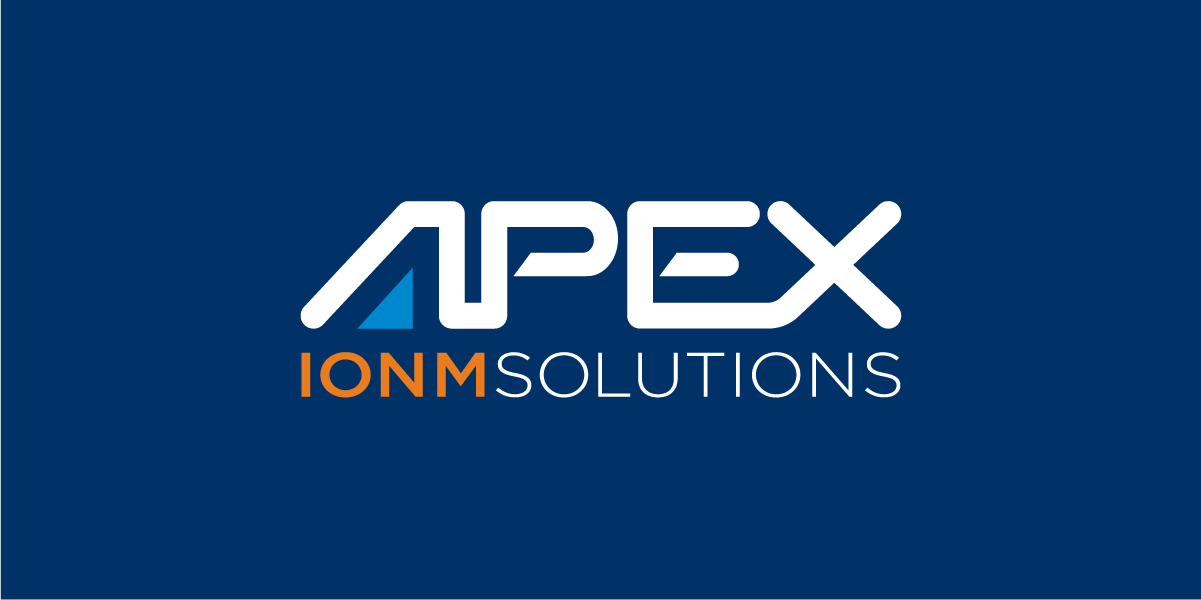Minimum Seven-Year Follow-Up Outcomes of Percutaneous Endoscopic Lumbar Discectomy for Lumbar Degenerative Disease
By Admin | February 25, 2021
Purpose: To investigate the long-term (> 7 years) clinical outcomes of percutaneous endoscopic lumbar discectomy for lumbar degenerative disease to address postoperative problems including postoperative dysesthesia (POD), residual back pain and segmental instability.
Methods: Inclusion and exclusion criteria were established. All patients who met the above criteria were treated by PELD using the transforaminal approach. Limited discectomy was performed to preserve the disc material in the intervertebral space as much as possible. The Oswestry Disability Index (ODI), Japanese Orthopaedic Association (JOA) score, visual analog scale (VAS) score for back pain (VAS-B) and leg pain (VAS-L) and Modified MacNab’s criterion were used for clinical evaluation. Radiographic parameters including height of intervertebral disc and segmental instability were also evaluated.
Results: Forty-two patients (24 men and 18 women) who met our inclusion and exclusion criteria were included in our study. The average follow-up period was 95.71± 5.63 months (ranging from 87 to 105 months). There were no neurological complications associated with the operation. POD was found in 14.29% of patients, while only 2 patients (4.76%) complained of mild dysesthesia at final follow-up. Two patients (4.76%) required revision surgery during the follow-up period. The final follow-up ODI, JOA score, VAS-B and VAS-L were significantly better than preoperative values. The average disc-height ratio was 84.52± 5.66% of the preoperative disc height. No instability at the operation level was noted at final follow-up.
Conclusion: Our study showed that PELD using the transforaminal approach can provide favorable results after a long-term follow-up period. POD is a common complication at initial prognosis. Limited discectomy can preserve the disc height well and minimize the risk of residual back pain.
Keywords: percutaneous endoscopic lumbar discectomy, transforaminal approach, long-term follow-up, back pain
Microdiscectomy is one of the most popular techniques for the treatment of patients with symptomatic lumbar disc herniation (LDH) that has not resolved after conservative treatment.1–5 This procedure can provide favorable long-term follow-up outcomes. In recent years, the percutaneous endoscopic lumbar discectomy (PELD) technique has gained more and more attention. Compared with conventional techniques, PELD can provide comparable clinical outcomes with a lower risk of infections and shorter hospital stays.1–5 As a novel technique, most studies about PELD focused on the short-term follow-up outcomes, while the long-term follow-up results were rare. The only published long-term follow-up study of PELD included both the transforaminal and interlaminar approaches.9 In the present study, we reviewed...(More)
For more information please read, Minimum Seven-Year Follow-Up Outcomes of Percutaneous Endoscopic Lumbar Discectomy for Lumbar Degenerative Disease, by Dovepress



